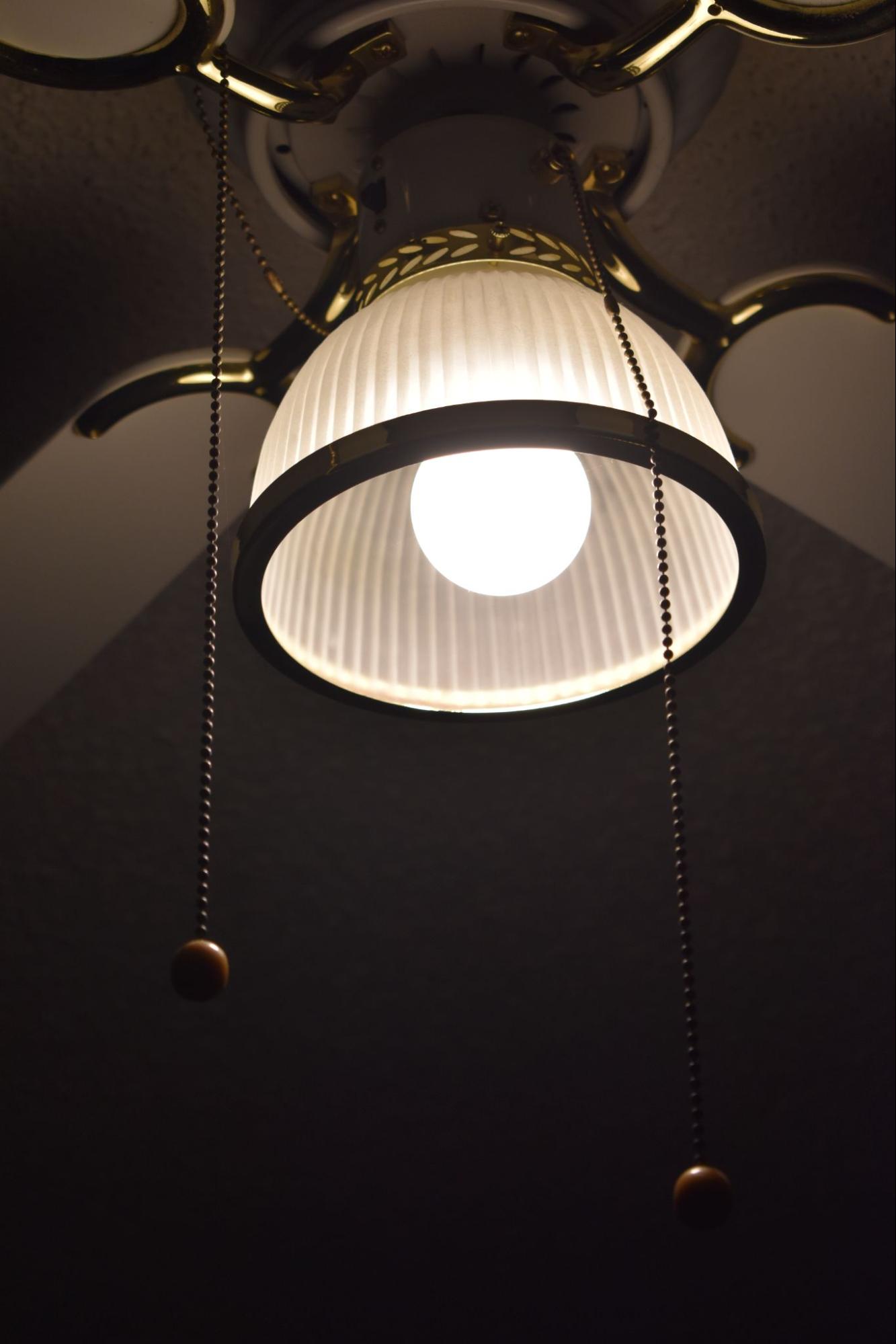Ceiling fans have become so popular in homes that you no longer have to tolerate uneven heating and cooling or stuffy homes. Initially, people viewed ceiling fans as a boring but necessary home addition. However, they have undergone many improvements since then. You will find a fancy chandelier ceiling fan that serves as both a fan and chandelier or a fan with fancy blades that can add some drama and appeal to your space. But with the many options available, you may be wondering how to choose the right ceiling fan. Even when you know the size you want, you will find many other technicalities like speed, blade number, motor type, airflow, etc. Here is some information that can shed some light on your dilemma of choosing a ceiling fan.
Size
The first thing to consider is the size of the ceiling fan and the size of your room. The size of the space you want to place the ceiling fan will determine the size of the ceiling fan you get. On the one hand, you do not want to choose something too big that overwhelms the room, and on the other hand, you do not want to go with something small that will barely be noticeable. To find out how big a ceiling fan is, one measures the diameter of the blade. After that, you will also have to measure the room. Here is a guide when it comes to measurements.
- 56″ fan size is ideal for a room size of about 400 sq. ft. (great room and large living room)
- 52″ goes with a room measuring 225 sq. ft. (dining room, master bedroom, and patio area)
- 42″ goes with a room measuring 100 sq. ft.(bedroom, kitchen, or office)
- 36″ goes with a room measuring 75 sq. ft. (large bathroom or breakfast nook)
- 29″ or less goes with a room measuring 50 sq. ft or less. (walk-in closet, laundry room, or hallway)
Hanging Height
Besides the diameter, you also need to check the hanging height of the fixture. It should neither be too low nor too high. The good thing is that most ceiling fans come with several down-rods and so you can customize the height according to your needs. To avoid creating a hazardous environment for your tall family members and friends, a ceiling fan should never be hung anything less than 7 ft from the floor. But the ideal height is about 8 to 9 ft. Even with a sloped ceiling, you can still hang a ceiling fan. Be on the lookout for fans labeled ‘sloped ceiling compatible’ to ensure you get the right fan.
Fan Style and Fan Blade Shape
When you do ceiling fan shopping, you will find a variety of styles to choose from. You will find a modern ceiling fan with bent blades or an unusual shape. You will also find different blade materials from wood, plastic, metal, and MDF. If you are looking for a rustic or farmhouse feel, consider a ceiling fan with some quaint shapes and weathered finishes. On the other hand, industrial ceiling fans have a rugged or minimalist look.

Number of Blades
The efficiency of a fan is not necessarily measured by how many blades it has. Other factors come into play as well. So you can choose the number of blades depending on your preference. Generally, more blades will move more air. However, things like the motor, weight, shape, and pitch also contribute to the effectiveness of a fan. For instance, a ceiling fan with three blades can create a higher airflow than a six-blade fan.
Efficiency
When you put aesthetics aside, efficiency is one of the biggest considerations to factor in. You will find that some ceiling fans are more efficient than others. At the end of the day, your fan will be using electricity. Therefore, it is important to go with something energy efficient that will save your energy bill.
Airflow Measurement
A fan’s airflow rating is referred to as CFM (Cubic Feet per Minute) and is the amount of air moved by the fan. The CFM is calculated when the fan is moving at its highest speed. Most modern fans allow you to adjust the CFM depending on your preference. But a higher airflow is ideal for the outdoors like patios and decks as it can help keep bugs and mosquitoes away.
Features and Controls
One of the advantages of modern ceiling fans is that you will find some that feature lighting as well. You get to enjoy an aesthetic appeal from your chandelier ceiling fan, plus improved air quality. Something else to check is how the ceiling fan is controlled. Ceiling fans can be controlled using a pull chain, remote, or switch. If you are looking for convenient luxury, consider a remote-controlled fan where you can adjust it without having to move.
These are some of the major things you will look at when buying a ceiling fan for your home. Of course, there are other things to consider, like noise level, ease of installation and maintenance. But what has been discussed above makes a great guide to ensure you end up with the right ceiling fan.


